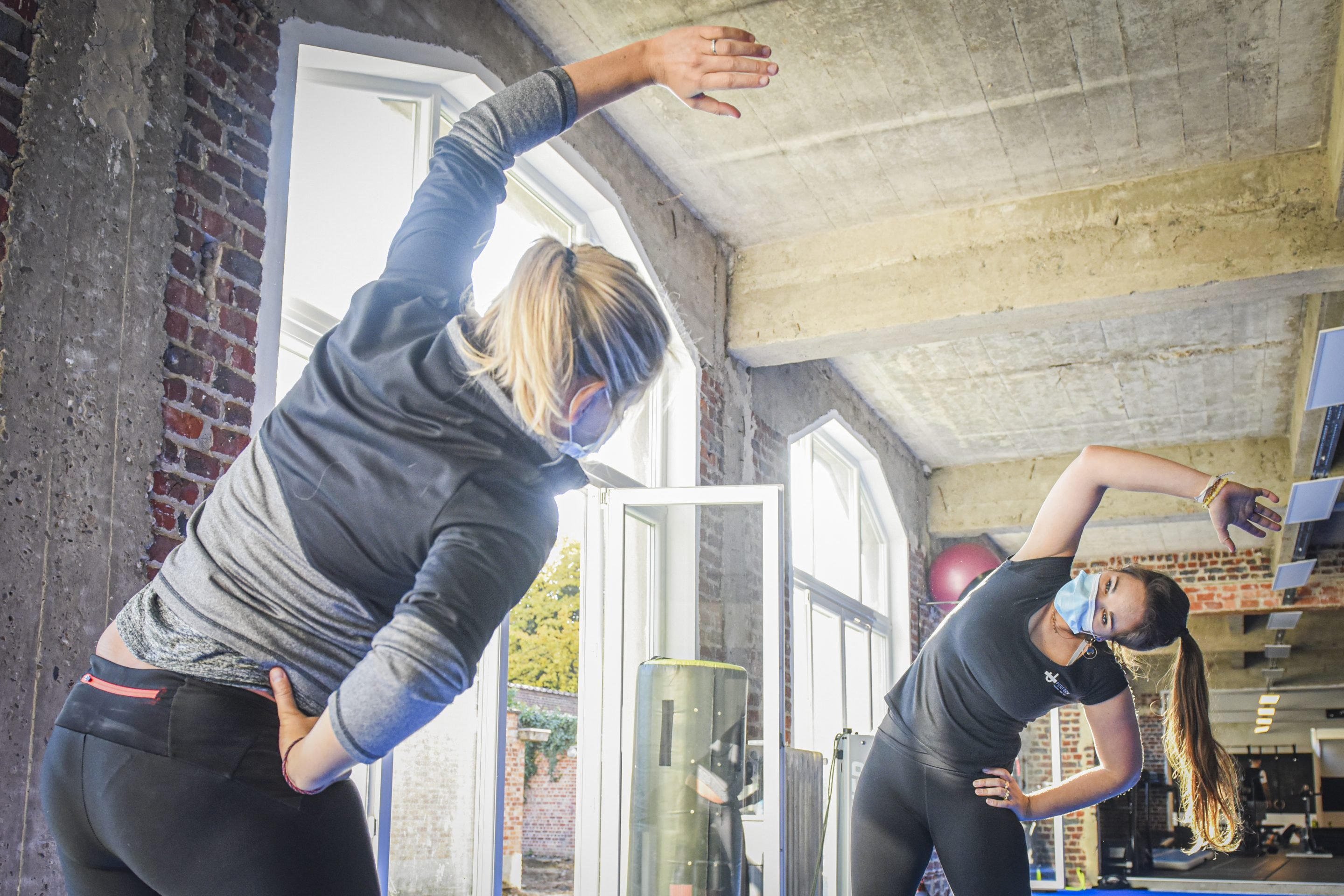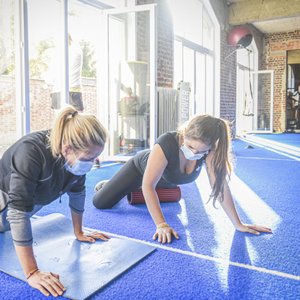Healthy Life
Safety measure for prenatal physical activity
by Elodie Dewez

Physical activity is good for you and your baby. However, it is necessary to take care to respect some guidelines during its practice.
SAFETY MEASURES FOR SAFE PRENATAL PHYSICAL ACTIVITY
- Avoid physical activity in excessive heat, especially if the humidity is high, to prevent dehydration (eg, yoga in a heated room).
- Avoiding activities involving physical contact or risk of falling which could increase the risk of fetal trauma (brisk walking, stationary cycling, swimming and water aerobics are aerobic activities associated with a low risk of falling or physical contact ).
- Avoid scuba diving. Because the fetus is not protected against decompression sickness and gas embolism.
- Women who live at low altitudes (less than 2500 m) should avoid physical activity at high altitudes (over 2500 m). Those considering physical activity above this altitude should be supervised by an obstetrical care provider knowledgeable in the effects of altitude on maternal and fetal outcomes.
- Women who plan to participate in competitive sports or exercise significantly more than recommended by guidelines should be supervised by an obstetrical care provider knowledgeable about the effects of vigorous physical activity on maternal and fetal outcomes.
- Maintain adequate nutrition and hydration, drink water before, during and after physical activity.
Know when to discontinue physical activity, and consult a qualified health care expert immediately if they arise (see below).
During pregnancy, some women notice a visible separation of their abdominal muscles, a phenomenon called diastasis recti. We advise these women to seek the advice of a physical therapist and avoid abdominal strengthening exercises (eg, sit-ups), which may worsen their condition and thus increase the likelihood that they will need of postnatal surgery. On the other hand, the practice of aerobic exercises such as walking is associated with a reduced risk of diastasis.
SITUATIONS WHEN PHYSICAL ACTIVITY SHOULD BE INTERRUPTED AND CONSULT A HEALTH CARE EXPERT:
- Excessive shortness of breath that does not go away at rest
- Severe chest pain
- Regular and painful uterine contractions
- Vaginal bleeding
- Persistent fluid loss from the vagina indicating possible rupture of membranes
- Persistent dizziness or weakness that does not go away at rest
Elite athletes who continue to train during pregnancy should be supervised by an obstetric care expert knowledgeable about the impact of vigorous physical activity on maternal, fetal, and neonatal outcomes.
Finally, we suggest including warm-up and cool-down periods in any physical activity regimen. Ligaments loosen during pregnancy due to increased hormone levels, which can increase range of motion and increase the risk of injury.
The guidelines may be suitable for women with a disability or medical condition, but such women should consult an obstetric care expert for additional advice.
We care, u perform.
Bibliographie
1. Mottola MF, Davenport MH, Ruchat S-M, Davies GA, Poitras VJ, Gray CE, et al. 2019 Canadian guideline for physical activity throughout pregnancy. Br J Sports Med. 1 nov 2018;52(21):1339‑46.
2. 4208_CSEP_Pregnancy_Guidelines_Fr_P2A.pdf [Internet]. [cité 11 mai 2020]. Disponible sur: https://csepguidelines.ca/wp-content/uploads/2018/10/4208_CSEP_Pregnancy_Guidelines_Fr_P2A.pdf

